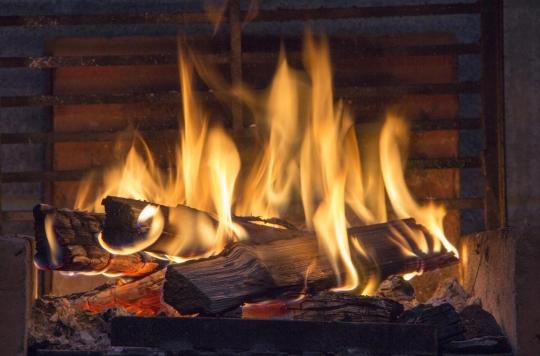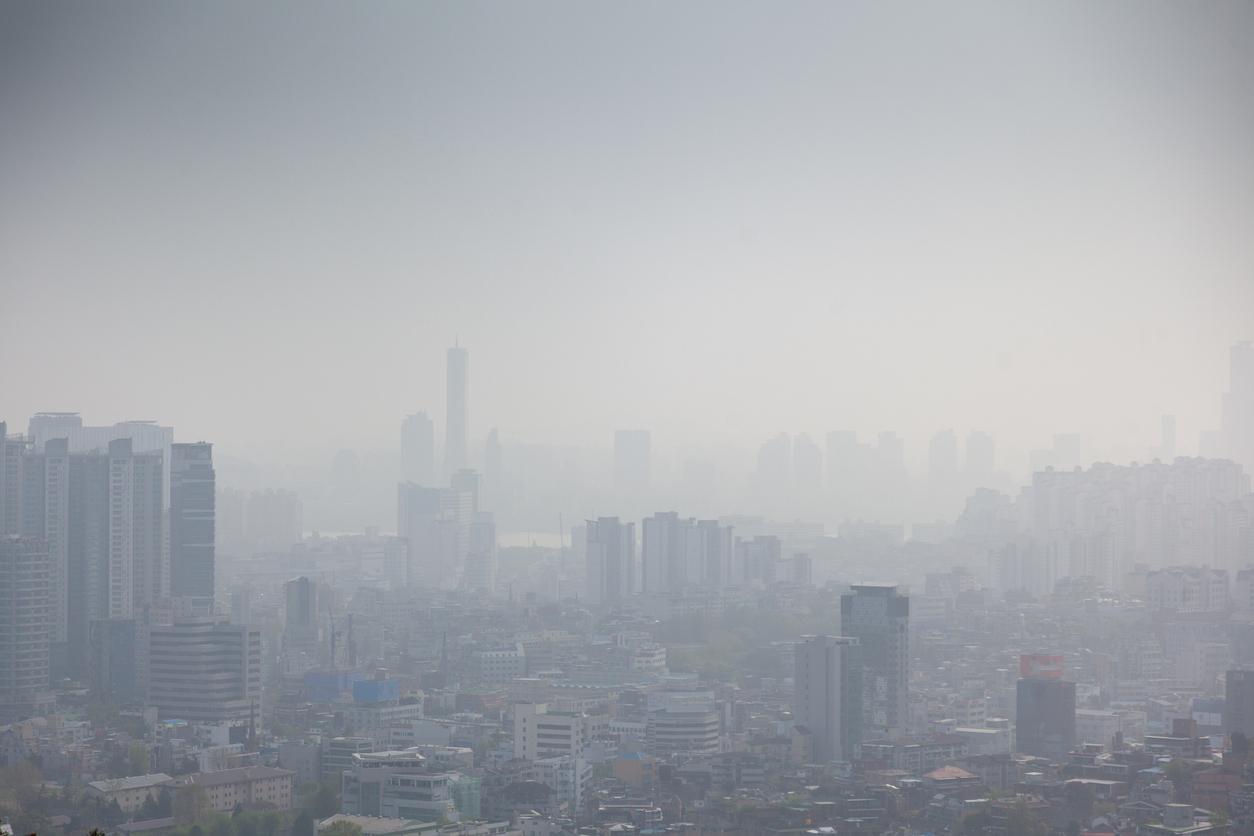A new study from Greece shows that wood-burning stoves and fireplaces installed in urban areas are responsible for almost half of the population’s exposure to carcinogens in particulate air pollution.

- Chimney fires produce as many polycyclic aromatic hydrocarbons (PAHs) as diesel and gasoline vehicles. PAHs are chemical substances resulting from the incomplete combustion of organic matter.
- But the study, conducted for a full year in Athens, shows that burning wood produces more carcinogenic PAHs than road traffic.
Praised by the French for its comforting and picturesque side, chimney fires are not without danger for the environment. According to the Regional and Interdepartmental Directorate for the Environment, Planning and Transport (DRIEE), wood heating accounts for 35% of PM2.5 fine particle emissions, compared to 30% for road traffic.
And that has health consequences. In a study published in the journal Atmospheric Chemistry and Physicsresearchers show that wood burning produces more cancer-causing chemicals than road traffic.
In question: the polycyclic aromatic hydrocarbons (PAH) present in the tiny particles of pollution, and which are produced in the event of incomplete combustion of organic matter. Known for a long time for their carcinogenic effects, they are produced more by the combustion of wood than by diesel or gasoline.
Burning wood is a risk factor for cancer
Another study last year showed that wood burning in homes is the biggest source of small particle air pollution in the UK, producing three times as much as road traffic, although only 8% of the population uses wood-burning stoves.
As part of this new study, the researchers took background samples of the air in Athens every day for a year. They were analyzed for 31 PAHs and a wide range of other chemical markers, associated with different sources of pollution. They then found that 31% of the annual PAHs came from the combustion of wood, mainly in winter, 33% from diesel and oil, and 29% from gasoline.
But the study also shows that some PAHs are more carcinogenic than others. However, when the researchers took this data into account, the proportion of the risk of cancer resulting from the combustion of wood rose to 43%, diesel and oil to 36% and gasoline to 17%.
“We know that wood smoke is much more toxic than other types of particulates, underlines in The Guardian Athanasios Nenes, from the Hellas Research and Technology Foundation in Patras, Greece, and the results clearly show that wood burning is the main long-term cancer risk factor.”
“Wood smoke is particularly potent and causes all sorts of ailments, from cancer, to oxidative stress, which leads to heart attacks and strokes, to obesity, premature aging, diabetes – anything that has to do with inflammation in the body, so overall I’m very concerned about wood burning.”continues Professor Nenes.
Degraded air quality across Europe
According to the scientist, the case of Athens “is not an exception – rather it is representative of a rule”because heating with domestic wood degrades the quality of urban air in all European countries.
The average annual concentration of PAHs in the study carried out in Athens was also lower than the limits of the European Union, but double the reference level of the World Health Organization. According to WHO data, PAHs present in Athens are expected to cause five additional cases of cancer per 100,000 people, say the researchers.
“In view of [l’exposition aux agents cancérigènes] and the widespread use of wood heating across Europe, including France, Germany, Ireland and the UK, European action and policies to regulate wood heating emissions are immediately needed, because they can have considerable beneficial effects on public health”the scientists said.
Among the avenues mentioned, that of establishing “days without combustion”. But for Professor Alison Tomlin of the University of Leeds, “Enforcement of such a policy, or even broader restrictions on wood burning in densely populated areas, could be difficult”.
.















